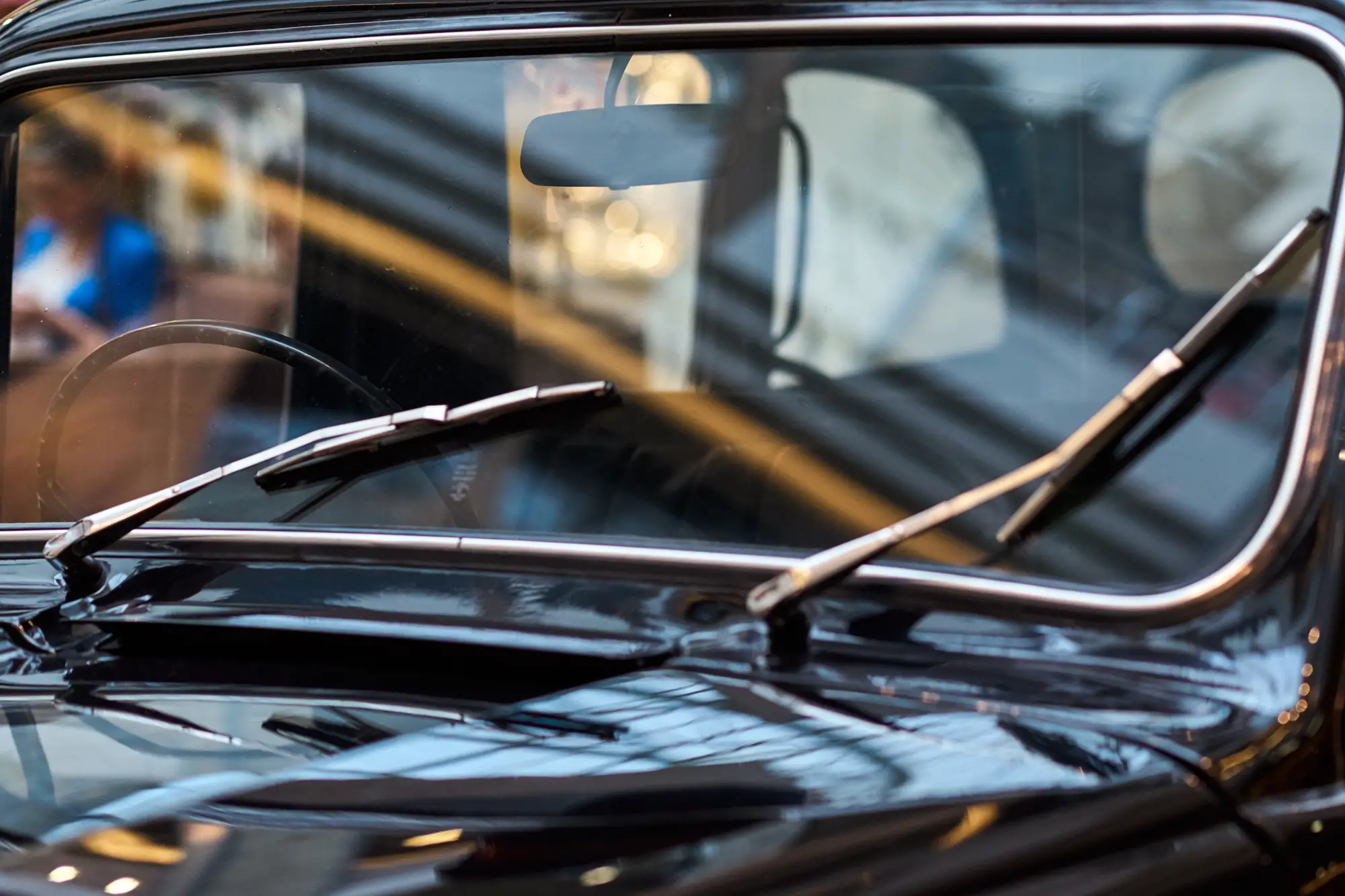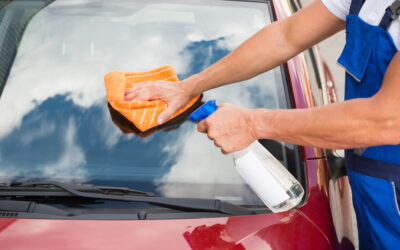When you think about cars, the first thing that comes to mind is probably the engine, followed by the frame, body, and finally the windows. But what is auto glass and what are car windows made of? Most people don’t know that auto glass has a long and interesting history. Windshields and car windows have been made from a variety of materials over the years, including but not limited to: paper, cloth, glass beads, plastic sheets, and even metal. Vehicle’s auto glass has definitely come a long way since its inception!
In this blogpost we will discuss what is auto safety glass, it’s history, where and when it was invented and who made it!

What is automotive glass?
Auto glass is a type of glass that is designed for use in automobiles. It is made from a variety of materials, including tempered glass, laminated glass, and reinforced plastic. Auto glass have different functions and it is used for the front windshield, windows, sunroof, and other parts of the car. It’s important for vehicle safety as it helps to protect passengers from the elements and provides structural integrity for the car. Auto glass can be damaged by impact, scratches, and heat. When it is damaged, it needs to be repaired or replaced.
Early history of auto glass

Since the year of 1886, when first automobiles was introduced, they didn’t had a lot of safety features and their first owners didn’t had any auto glass in their vehicles. This meant that they were vulnerable to insects or other objects flying through the air. They also had to wear special safety goggles to protect their eyes from wind, insects and flying debris.
Car windshield glass was introduced in 1904. That was an extra option that you could order with your brand new vehicle. Early windshields were made from a single, flat piece of glass. While this was an improvement over having no windshield at all, it had its drawbacks. In the event of an accident, the glass tended to break into large, sharp pieces. This posed a serious danger to the people inside the car.
Ford Motor Company first started to use safety glass in the cars, due to many lawsuits against his company because of the injuries caused by regular glass in broken windshields.
Invention of laminated glass
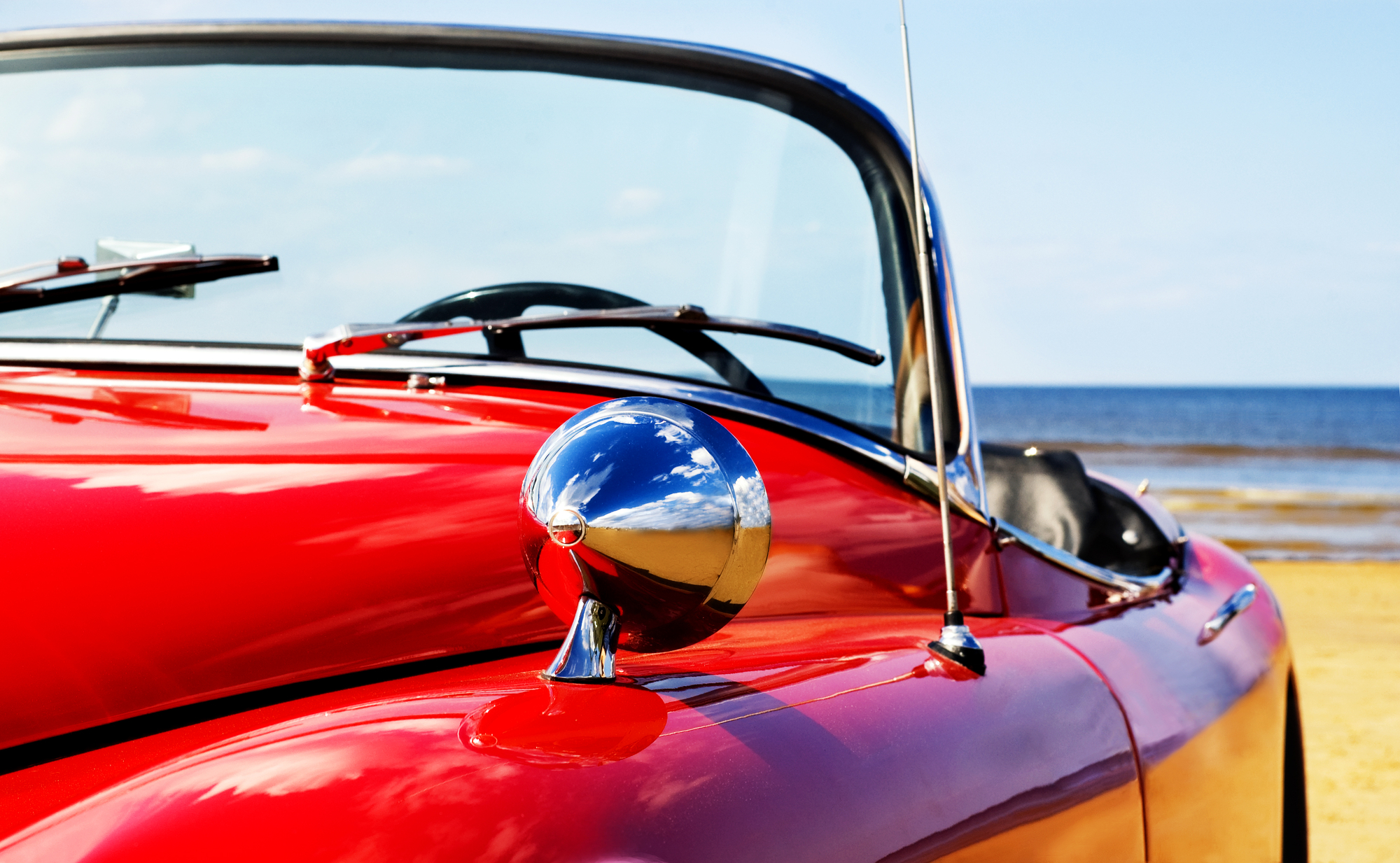
In 1903, French inventor Edouard Bénédictus developed laminated glass, which is made of two layers of glass with a thin layer of celluloid in between. This type of glass was first used in the windshields of cars. In 1909, Henry Ford became the first car manufacturer to use laminated glass in all of his vehicles.
Laminated glass is considered one of the safest kinds of glass because they are not easy to break or shatter. Most vehicle windshields are made of laminated glass. They’re considered to be effective for preventing break-ins because of the effort required to break them. Also the plastic film in between holds glass pieces together, so they stay in place instead of flying all over during the accident.
In the 1920 laminated glass in windshields was used by all of car manufacturers, while the rest of the car’s windows was made from regular glass plates.
Major companies in auto glass
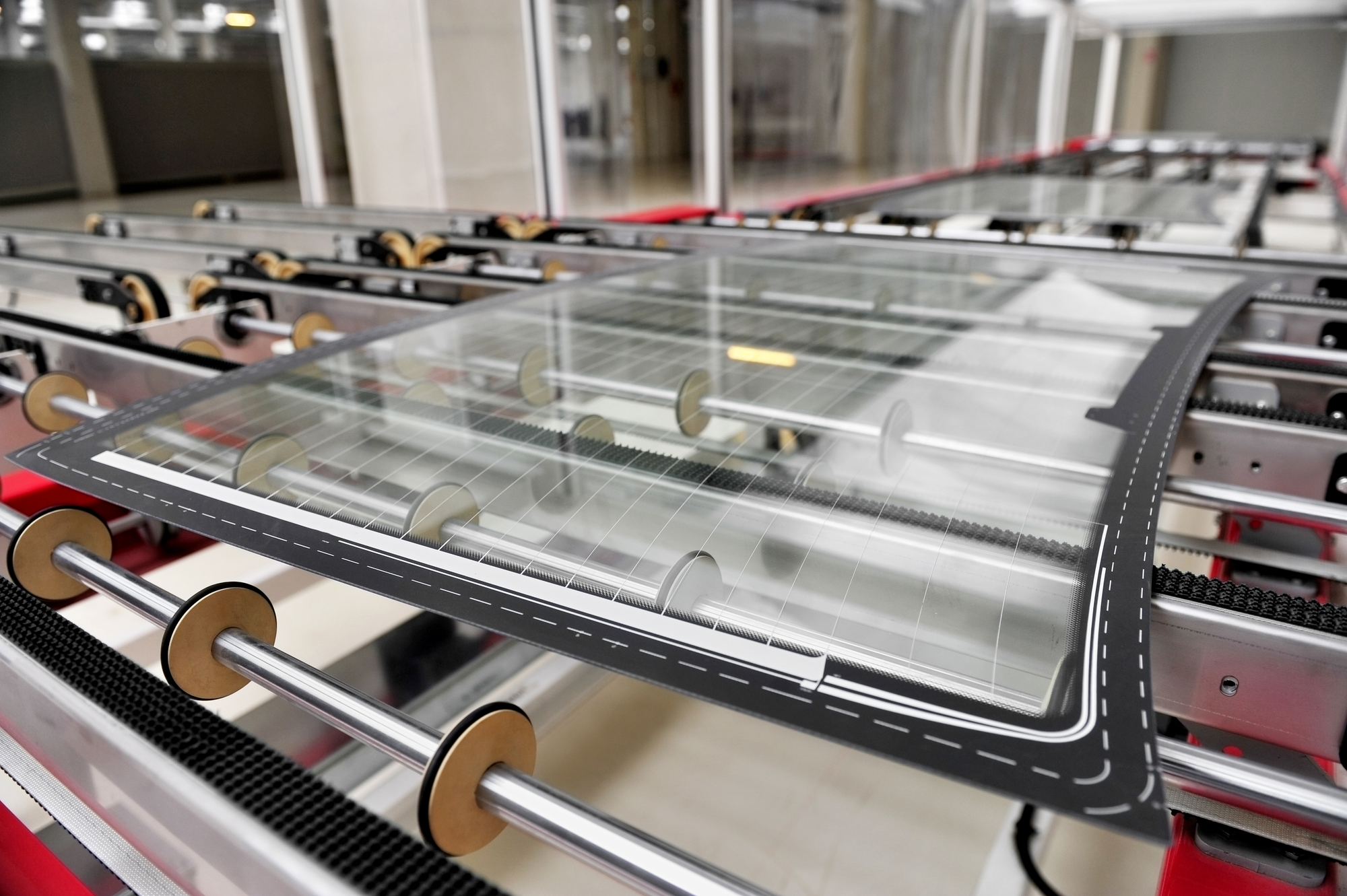
Also in the late 1920s, a company called Pittsburgh Plate Glass (PPG) developed a new way for glass manufacturing that helped to scale production. In 1928, PPG invented its own laminated auto glass called Duplate, using the new process. The invention of Duplate marked a major advance in the production of auto glass, which is typically used in a windshields. The new process made it possible to mass-produce auto glass, reducing cost and making it more affordable and accessible to consumers.
In the same year Ford started to use Triplex glass in their cars. Triplex Safety Glass was a British brand of toughened glass and laminated glass. The company was founded in 1912 by Cecil Edwards, and it quickly became a leading manufacturer of vehicle glass. Triplex safety glass was used in a variety of applications, including car front windshield, aircraft windows, and bulletproof glass. The company’s products were known for their strength and durability, and they helped to save lives in a number of accidents. In the 1960s, Triplex was absorbed into Pilkington, another British glass company. However, the Triplex brand lives on today, and its products are still prized for their quality and performance.
Founded in 1826, Pilkington is a British glass company with a long history of innovation. In the early years, the company pioneered the production of sheet glass, which revolutionized the construction industry. Today, Pilkington is continuing its tradition of innovation with the development of self-cleaning glass and other cutting-edge products.
New modern materials in laminated auto glass
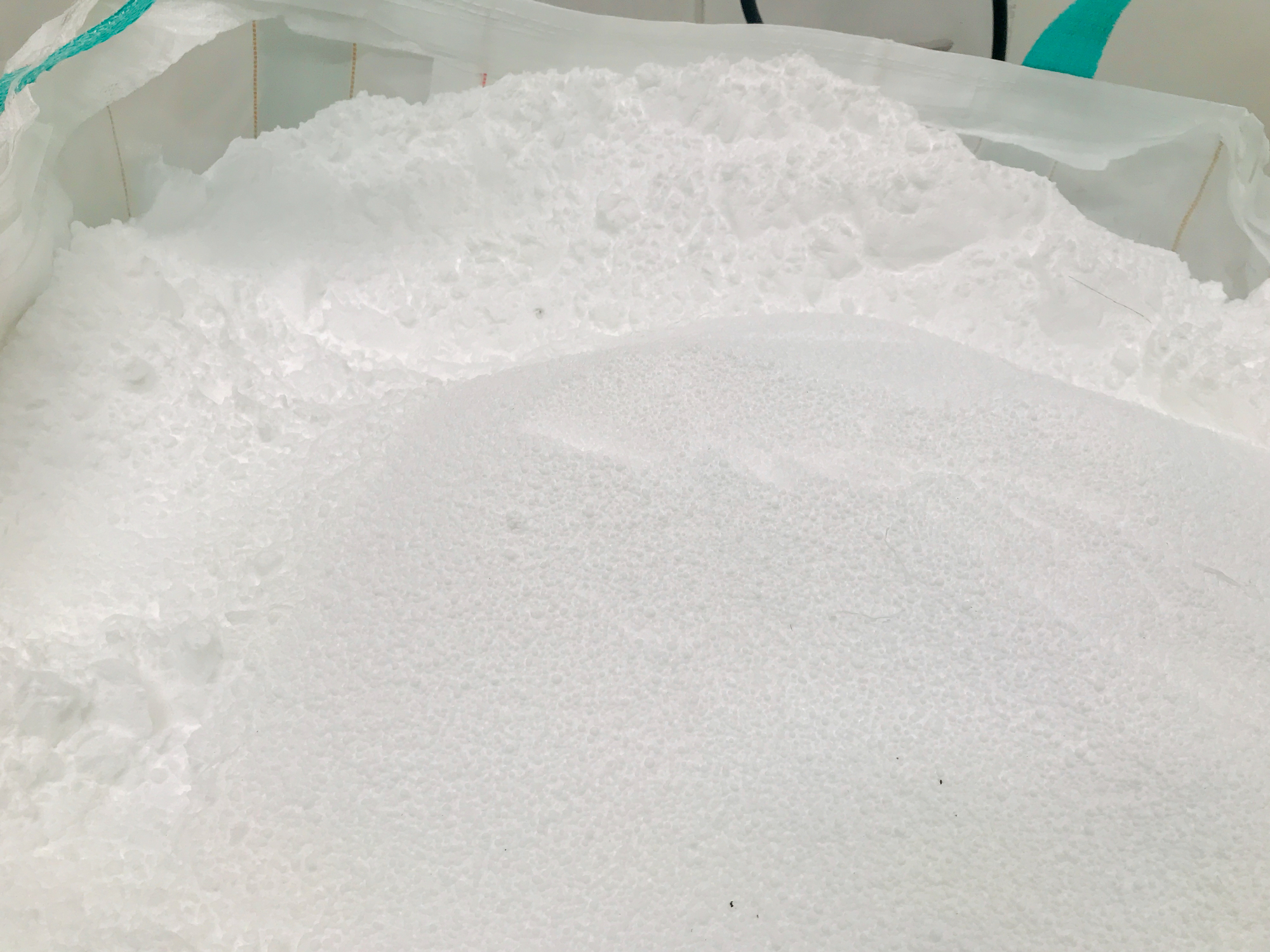
In 1938, Carleton Ellis developed Polyvinyl Butyral (PVB), a synthetic resin that could be used to create a strong, clear film. PVB was significantly less brittle than cellulose, making it an ideal material for use in laminated glass for vehicles. When combined with glass, PVB helped to filter out harmful ultraviolet (UV) rays. That also makes it an essential component of automotive glass and automobile windshields. In addition to its UV-resistant properties, PVB also acted as a powerful adhesive, helping to keep the layers of laminated glass bonded together. Thanks to Ellis’s discovery, PVB has been used extensively in a variety of applications where durability and UV protection are essential.
The 1940’s saw a number of significant changes in the automotive industry. One of the most notable was the switch from flat, two pieces of glass to a one piece of curved glass for windshields. This change was motivated by a number of factors. First, curved glass provided better visibility for drivers. Second, it was more aerodynamic, which improved fuel efficiency. Finally, it was more aesthetically pleasing, giving cars a sleeker and more modern look. The switch to curved glass windshields was a major innovation that helped to shape the auto industry as we know it today.
Float Glass from Pilkington
In 1959, Pilkington developed a new process for glass production known as float glass. The process begins with molten glass being poured onto a pool of molten tin. This creates a sheet of glass that is then cooled and cut to size. The float glass process is used to create both clear and tinted glass, and it can be used to create a variety of different thicknesses. The main advantage of float glass is that it has a very uniform surface, which makes it ideal for use in windows and other applications where a clear, unobstructed view is desired.
Invention of tempered glass

In 1927, another French inventor, André Maginot, invented tempered glass. Tempered glass is made with heat-treating. This type of glass is designed to break into small pieces of glass, that are safe. This type of glass is typically used in car’s side and rear windows. Maginot’s invention made it possible to mass-produce tempered glass, making it more affordable and accessible to consumers.
In the 1930s, another major innovation in glass manufacturing occurred. This time, the focus was on improving the strength of glass. In 1936, Edward C. Bullard developed a process for heat-treating glass that made it up to four times stronger than regular glass. This new process, known as “Bullardizing,” quickly became popular in a variety of industries, including the automotive glass industry. Thanks to Bullard’s innovation, tempered glass became standard in many car windows.
Usage of plastic in auto glass
In the 1950s, plastic was introduced as a material for car windows. Plastic windows are made of polycarbonate, which is a type of plastic. They are shatter-resistant and can be made to be tinted or clear. Plastic windows are typically used in the regular and panoramic sunroofs of cars.
Auto glass has come a long way since its early days! It is now made from a variety of materials that are designed to provide safety and protection for passengers.
Government regulations

In 1937, the federal government enacted a regulation requiring the use of safety glass in all car windows. The only exception was for the rear windshield, which was not required to be made of safety glass. The reason for this was that rear windshields were not considered to be safety-critical, since they were not directly in the line of sight of the driver.
However, this changed in 1953. In that year another federal regulation mandated the use of safety glass in all car windows, including the rear windshield. This was due to the increasing popularity of cars with rear-window defrosters. That made it more likely that drivers would be looking through the rear windshield while driving. The use of safety glass in car windows has since become standard, and has helped to reduce the incidence of injuries arising from broken glass.
Conclusion
Automotive glass has come a long way since it was first invented. It is now an important safety feature in cars. Auto glass helps keep drivers and passengers safe in the event of an accident. While there are still some dangers associated with auto glass, it is much safer than it used to be. Thanks to glass manufacturers and advances in technologies, carmakers are now able to install even stronger and more shatter-resistant glass in their vehicles. So next time you get into your car, take a moment to appreciate the windshield and window glass that keeps you safe on the road.

